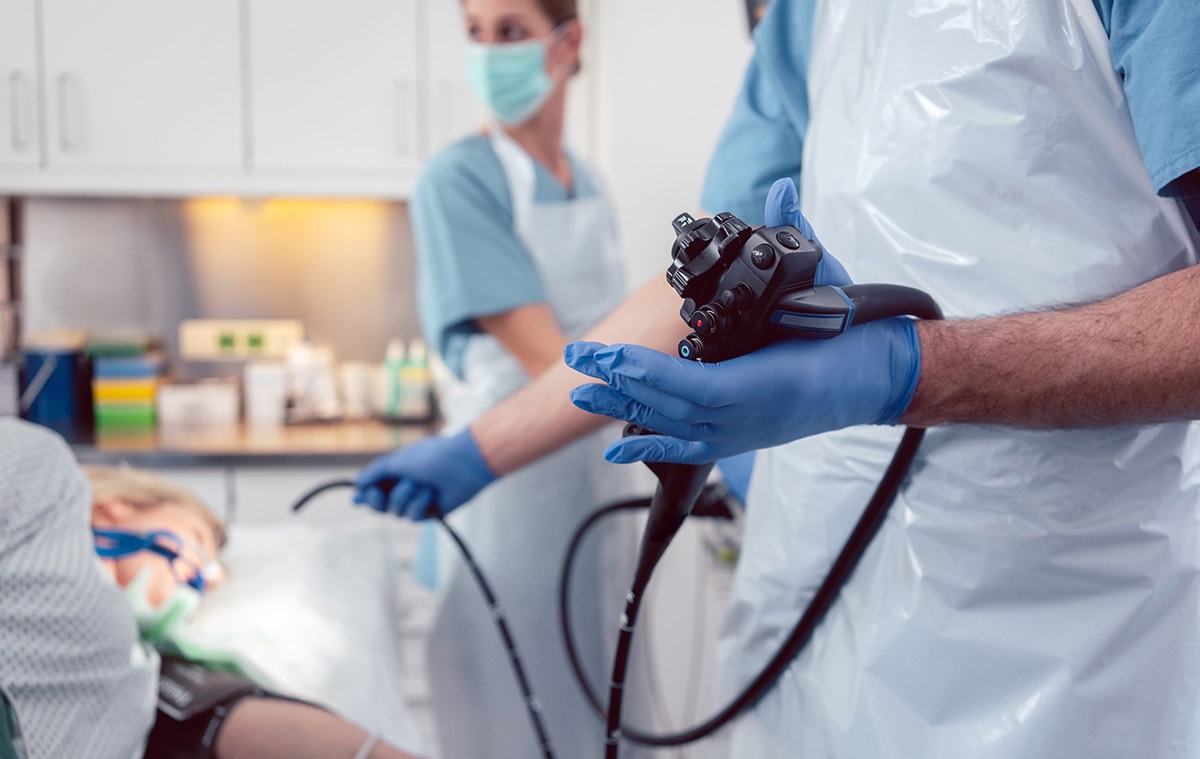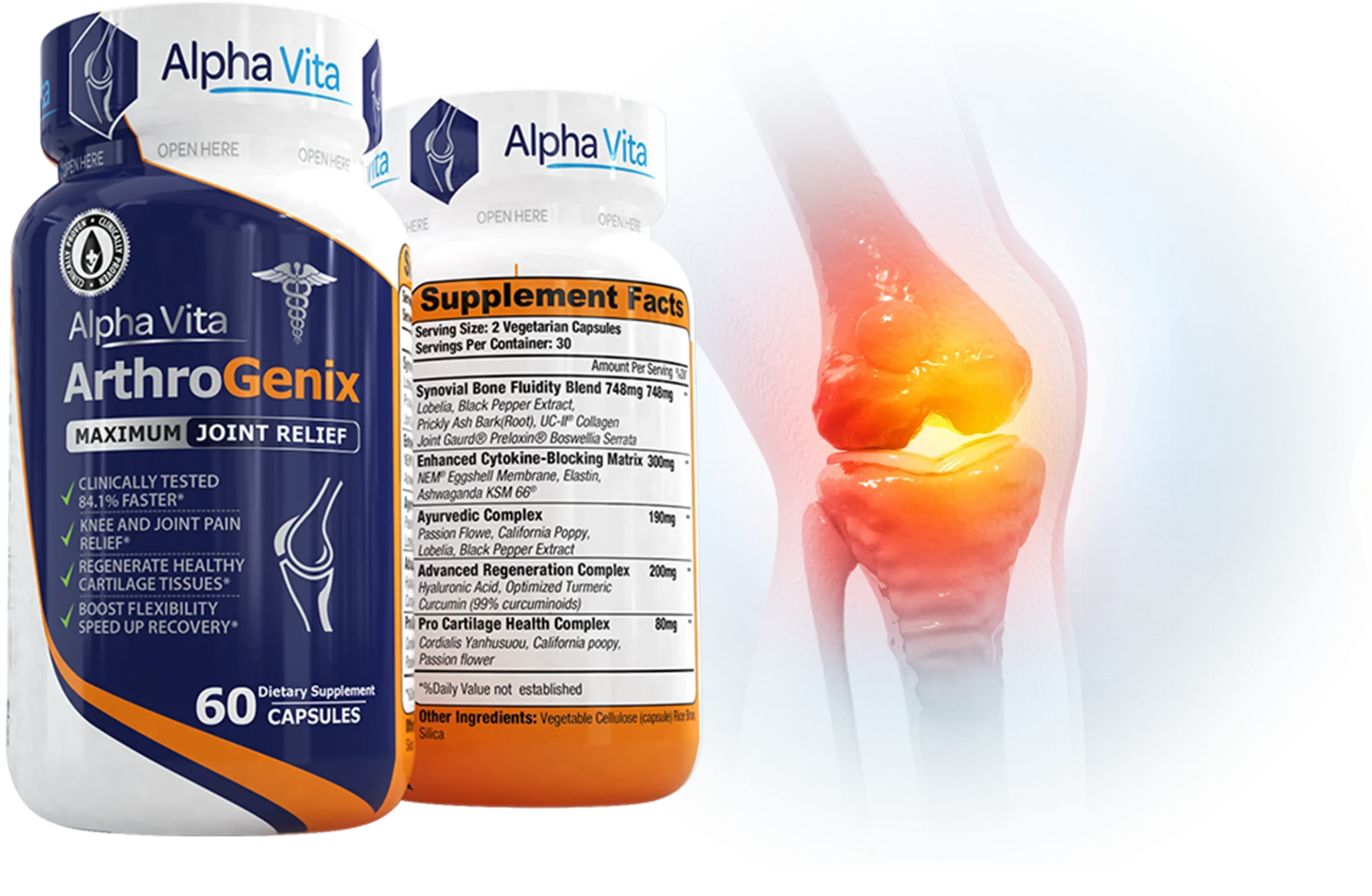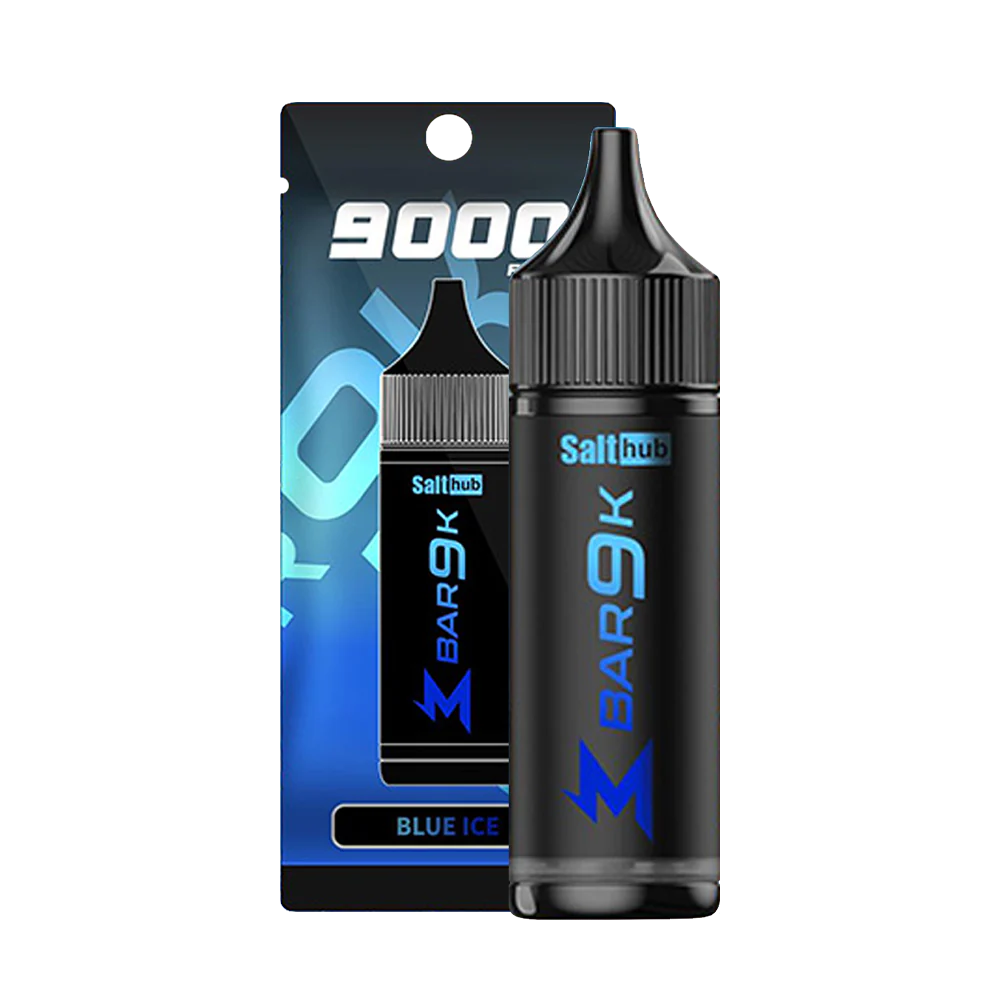In medical diagnostics, one procedure stands out for its ability to provide a window into our inner health: gastroscopy. This minimally invasive technique has become a cornerstone in diagnosing and managing many gastrointestinal issues, from the mundane to the complex. But despite its prevalence, gastroscopy remains shrouded in mystery for many. Let’s delve into the intricacies of this procedure, shedding light on its significance and what one can expect during the process.
What is Gastroscopy?
At its core, gastroscopy involves using a specialized instrument called a gastroscope – a long, flexible tube equipped with a camera and light at its tip. This device is gently guided through the mouth and down the esophagus, allowing doctors a clear view of the stomach lining and the initial segment of the small intestine. The goal? To identify abnormalities, diagnose conditions, and, in some cases, perform therapeutic interventions.
Why is Gastroscopy Conducted?
The reasons for undergoing gastroscopy are as varied as the symptoms and conditions it helps to diagnose. Common indicators include persistent abdominal pain, unexplained weight loss, difficulty swallowing, and gastrointestinal bleeding, among others. It’s also a crucial tool in monitoring chronic conditions like gastroesophageal reflux disease (GERD) and detecting precancerous changes or gastric cancers.
Preparing for Gastroscopy
Preparation is critical to a successful gastroscopy. Patients are typically advised to fast for a certain period before the procedure to ensure a clear view of the gastrointestinal tract. Clear instructions are provided regarding the intake of regular medications and the temporary cessation of those that might interfere with the procedure’s safety or efficacy.
The Gastroscopy Experience
Understandably, the thought of undergoing gastroscopy can evoke anxiety. However, advancements in medical technology have made the procedure remarkably safe and tolerable. Sedation is commonly offered, ensuring comfort and minimizing any discomfort. The procedure is relatively quick, often completed within 15 to 30 minutes. During this time, the doctor carefully inspects the gastrointestinal lining, taking biopsies if necessary, which are later analyzed in a lab for a definitive diagnosis.
Post-Procedure Care and Results
Post-gastroscopy, patients are monitored as the effects of sedation wear off, with most able to return home the same day. It’s normal to experience mild throat soreness or bloating, which typically resolves quickly. The results from the gastroscopy, particularly if biopsies were taken, may take a few days to be processed. These findings are crucial in formulating a tailored treatment plan, addressing the root cause of symptoms, and ensuring the best possible health outcomes.
In Conclusion
Gastroscopy is more than just a medical procedure; it’s a vital diagnostic tool that plays a pivotal role in maintaining gastrointestinal health. By demystifying the process and understanding its importance, individuals can confidently approach gastroscopy, knowing it’s a step toward better health. Open communication with your healthcare provider is critical to addressing concerns and ensuring the best care tailored to your needs. Embrace gastroscopy as a proactive measure in your health journey, and take solace in the clarity and solutions it provides.






